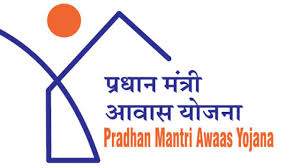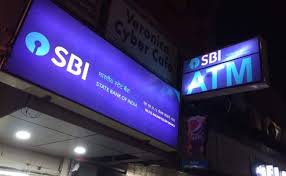In response, the RBI
has conceptualised a lightweight and portable payment system that operates independently of conventional technologies, ensuring uninterrupted transactions in extreme situations.“The conventional payment systems heavily rely on complex wired networks and advanced IT infrastructure to handle large transaction volumes while maintaining sustained availability. However, natural calamities or war can temporarily render these systems unavailable due to disruptions in communication and information infrastructure,” RBI said.
What is RBI’s lightweight payments system?
To mitigate this risk, the RBI has planned a lightweight payment system designed to be resilient in such circumstances.
“It is prudent to be prepared to face such extreme and volatile situations. Keeping this objective in mind, the Reserve Bank has conceptualised a lightweight and portable payment system that will be independent of conventional technologies and can be operated from anywhere by a bare minimum staff,” the central bank said in its Annual Report 2022-23.
The system is expected to operate on minimalistic hardware and software, enabling it to be deployed from anywhere with a bare minimum staff.
It will be activated only when needed and will primarily process critical transactions that are vital for the stability of the economy, including government and market-related transactions.
By doing so, the lightweight system aims to ensure near-zero downtime in the payment and settlement system of the country.
How will it help during emergency situations?
The system's ability to facilitate the uninterrupted functioning of essential payment services like bulk payments, interbank payments, and provision of cash to participant institutions will help maintain the liquidity pipeline of the economy, even during extreme conditions.
By offering a resilient solution, the lightweight payment system acts as a bunker equivalent for payment systems, enhancing public confidence in digital payments and financial market infrastructure.
“Such a lightweight and portable payment system could ensure near-zero downtime of payment and settlement system in the country and keep the liquidity pipeline of the economy alive and intact by facilitating uninterrupted functioning of essential payment services like bulk payments, interbank payments and provision of cash to participant institutions,” RBI said.
“Having such a resilient system is also likely to act as a bunker equivalent in payment systems and thereby enhance public confidence in digital payments and financial market infrastructure even during extreme conditions.”
Minimum requirements, maximum adaptability
During times of crisis, the lightweight payment system will prove its worth, as it is designed to operate independently of conventional technologies.
Its minimalistic hardware and software requirements ensure portability and adaptability to various environments, enabling transactions to be processed efficiently in adverse circumstances.
The introduction of this lightweight payment system aligns with the RBI's objective to be prepared for extreme and volatile situations.
By reducing dependency on complex infrastructure and offering a reliable platform for critical transactions, the system strengthens the stability of the economy and boosts confidence in digital payments and financial market infrastructure.
As India moves towards a more resilient and confident digital payment ecosystem, this innovative system plays a crucial role in safeguarding economic stability and public trust.















